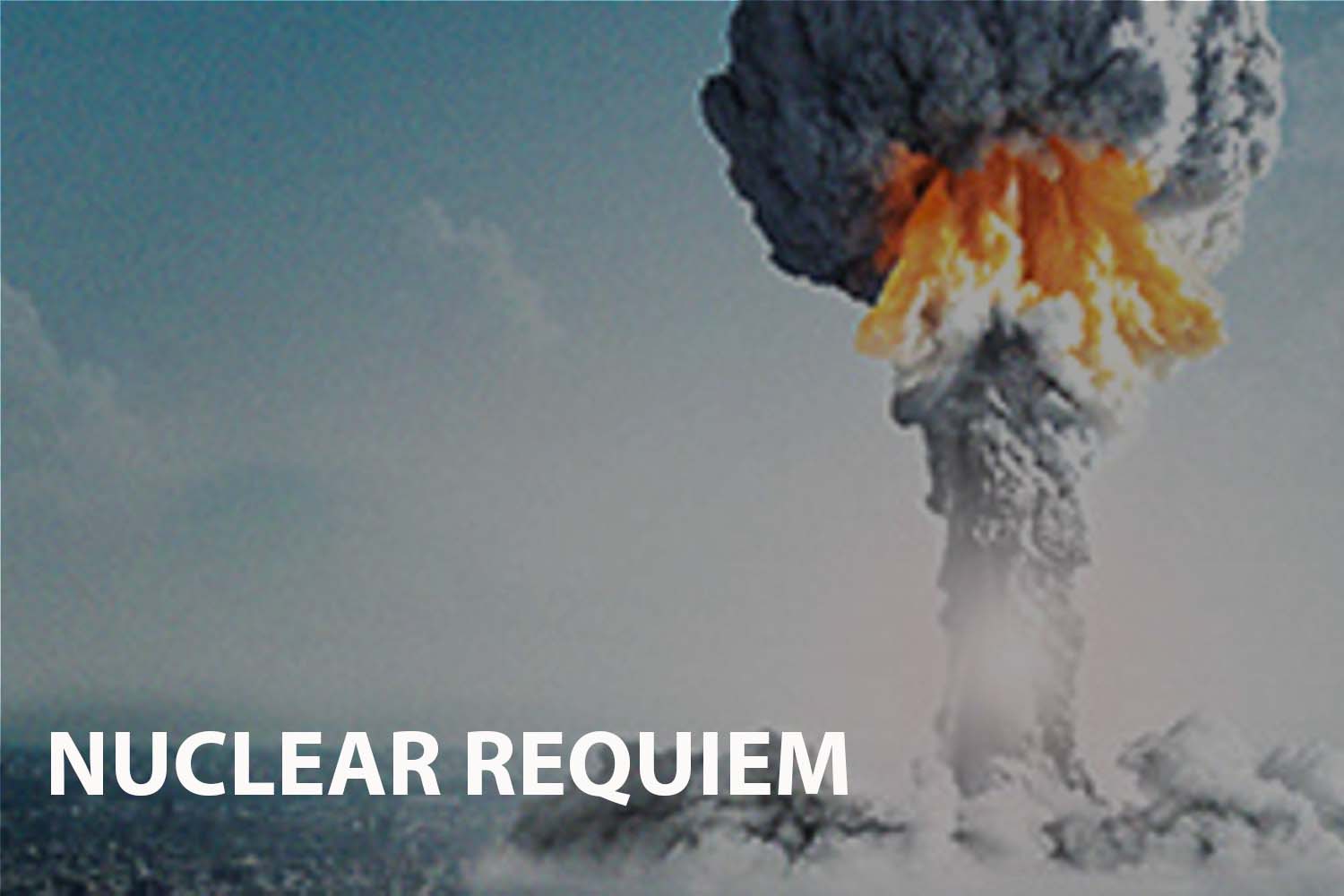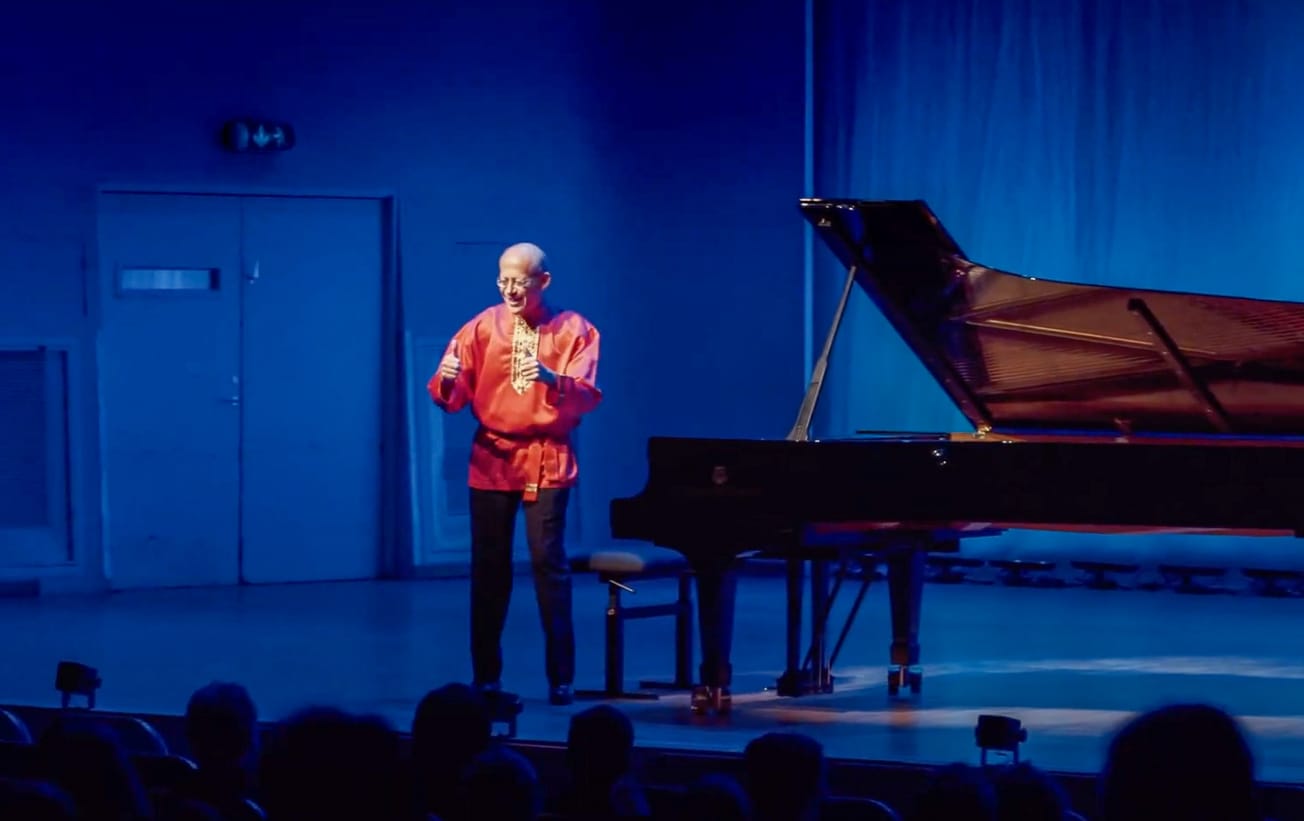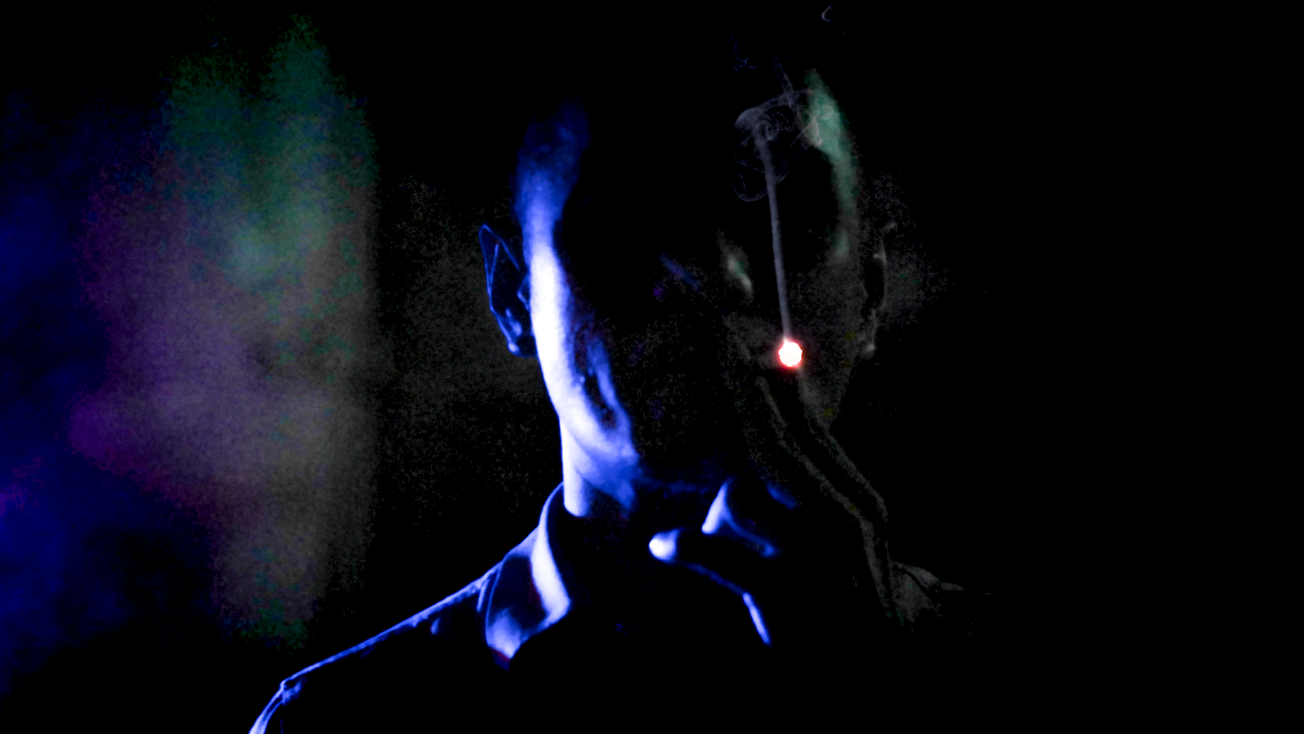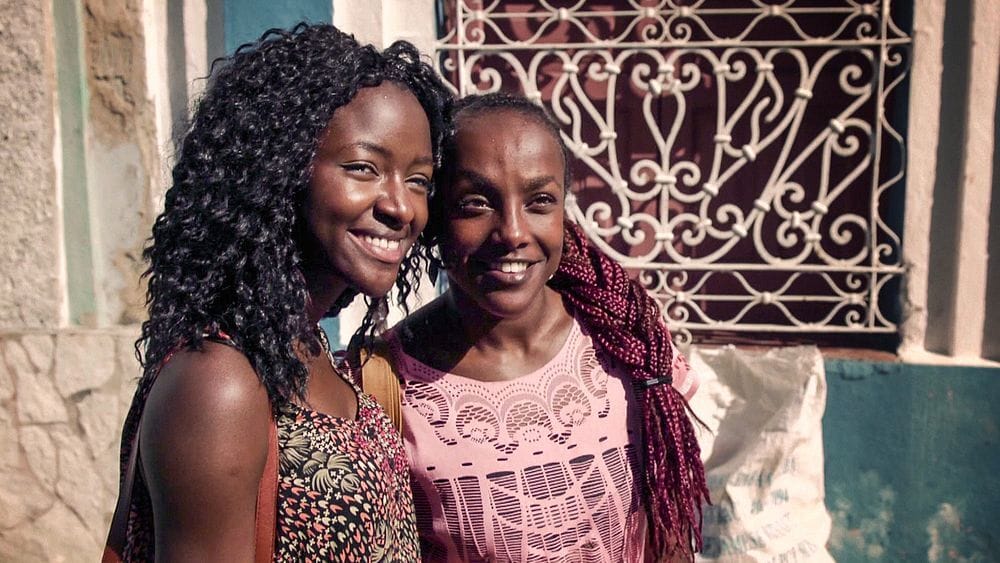Keywords: nuclear weapons, disarmament, global security, citizen activism, historical context, international politics, Doomsday Clock, Robert E. Frye. Three words: alarming, informative, thought-provoking.
Introduction
"The Nuclear Requiem," a 2017 documentary directed by Robert E. Frye, delves into the concerning escalation of nuclear threats in our world today. The film provides a profound reflection on the dangers posed by nuclear weapons, the obstacles to disarmament, and the necessary steps to reduce the nuclear threat.
Synopsis
"The Nuclear Requiem" opens with a historical overview of significant milestones in the nuclear age, setting the stage for a comprehensive examination of the current global nuclear situation. The film then zooms in on contemporary areas of concern – North Korea, Russia, the Iran Nuclear Agreement, and the Trump administration's statements. It takes viewers inside a UN session on nuclear nonproliferation, offering a first-hand look at the complex political and strategic issues that make disarmament a challenging task. Despite the alarming realities, the film also highlights hopeful developments and features a new generation of experts and activists working globally to change the dialogue around nuclear disarmament.
More Film Analysis
Analysis
"The Nuclear Requiem" employs a sobering, informative approach to its subject matter. The depth of research and subject exploration is evident in the detailed historical context, expert opinions, and front-line views of UN sessions. Alain Kremski's original piano composition underlines the gravity of the film's message.
Historical and Factual Context
The film's historical backdrop is the nuclear age, marked by significant events such as the bombing of Hiroshima, the Cold War, and various nuclear treaties. The contemporary landscape focuses on the increased nuclear activities of countries such as North Korea and Russia and the controversial Iran Nuclear Agreement. The Doomsday Clock, a symbolic representation of the threat of global nuclear war, is another key point of discussion.
Key themes in the film
- The escalating danger of global nuclear war
- The complexity and challenges of nuclear disarmament
- The role of expert and citizen activism in changing the dialogue around nuclear disarmament
Film Comparisons
"The Nuclear Requiem" can be compared to other documentaries like "Countdown to Zero" and "The Fog of War," which also explore nuclear threats and global security. However, "The Nuclear Requiem" distinguishes itself with its in-depth look at the UN's role in nuclear nonproliferation and its focus on hopeful developments in the field.
Noteworthy Moments
One significant moment in "The Nuclear Requiem" is President Obama’s 2016 visit to Hiroshima, the first by a U.S. President, where he urges the world to learn from history to prevent future suffering caused by nuclear warfare.
Reviews
This documentary has been praised for its comprehensive exploration of the nuclear age and disarmament. Critics have lauded it as a "thought-provoking and timely examination of the world's nuclear landscape."
Conclusion
"The Nuclear Requiem" is an important film for those interested in global security, international politics, and history. It provides a thorough and insightful look at the ever-present nuclear threat and the urgent need for disarmament.
More film information:
FILM SUMMARY
- IMDB score: 7.2/10
- Rotten Tomatoes score: Not available
- Metacritic score: Not available
- Film festival awards: Not available
PERSONALITIES
- Robert E. Frye: Emmy award-winning producer and director of the film
- Alain Kremski: Composer of the film's score
- President Barack Obama: Featured in the film for his historic visit to Hiroshima
LOCATIONS
- Hiroshima, Japan
- United Nations Headquarters, New York
Key Questions Raised by the Film:
- What are the current threats to global nuclear security?
- What are the main roadblocks to nuclear disarmament?
- How can the dialogue around nuclear disarmament be changed?
Links for Further Exploration:
I wonder what the film would be in another art form



- If this film was a famous book, which one would it be? "The Making of the Atomic Bomb" by Richard Rhodes – both provide a comprehensive look at the nuclear age and its implications.
- If this film was a famous song, which one would it be? "99 Red Balloons" by Nena – a song that reflects on the catastrophic consequences of nuclear war.
- If this film was a famous piece of art, which one would it be? Picasso's "Guernica" – both portray the horrors of war and the urgency of peace.
- If this film was a famous celebrity, who would it be? Barack Obama – for his role in the film and his advocacy for nuclear disarmament.
- If this film was a color, which one would it be? Grey – symbolizing the grim reality of nuclear threats and the need for serious discussion.
- If this film was a music style, which one would it be? Classical – for its serious tone and the use of a classical piano score.








